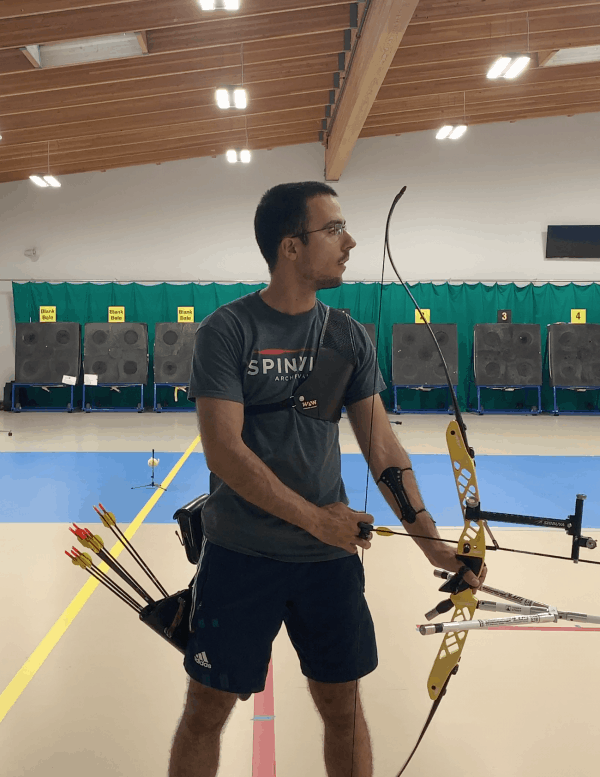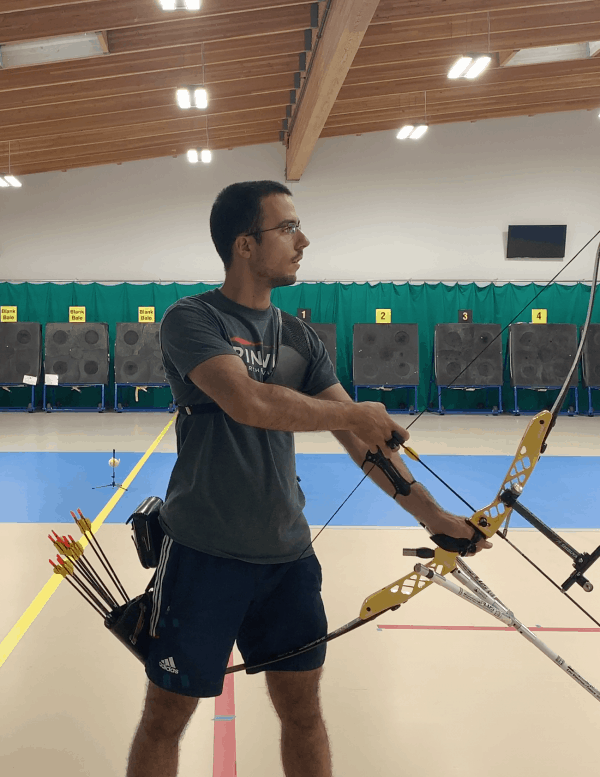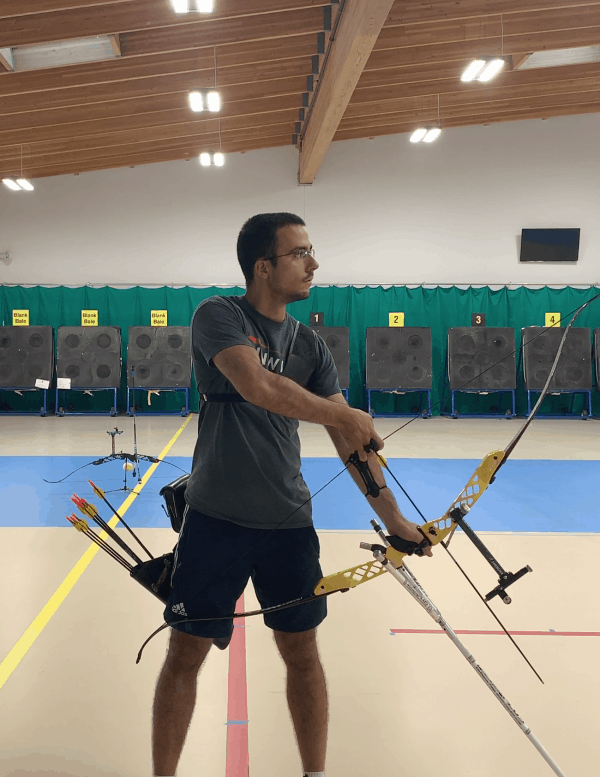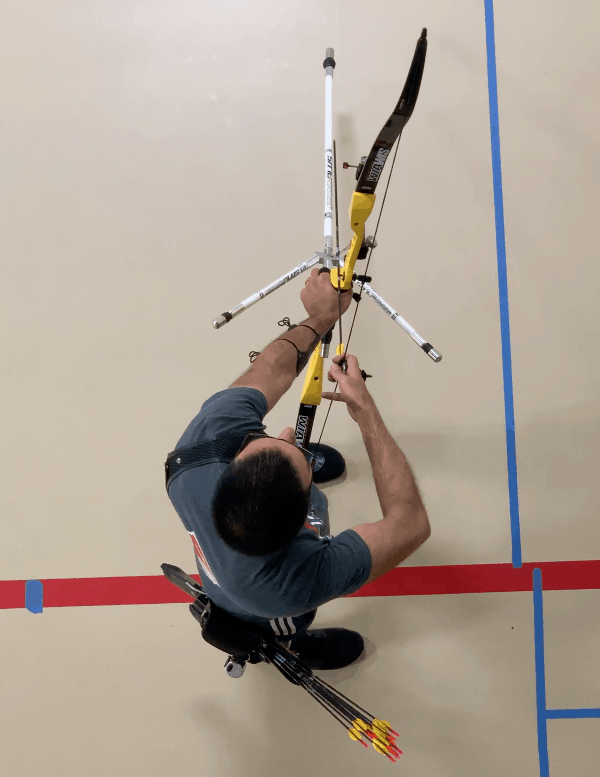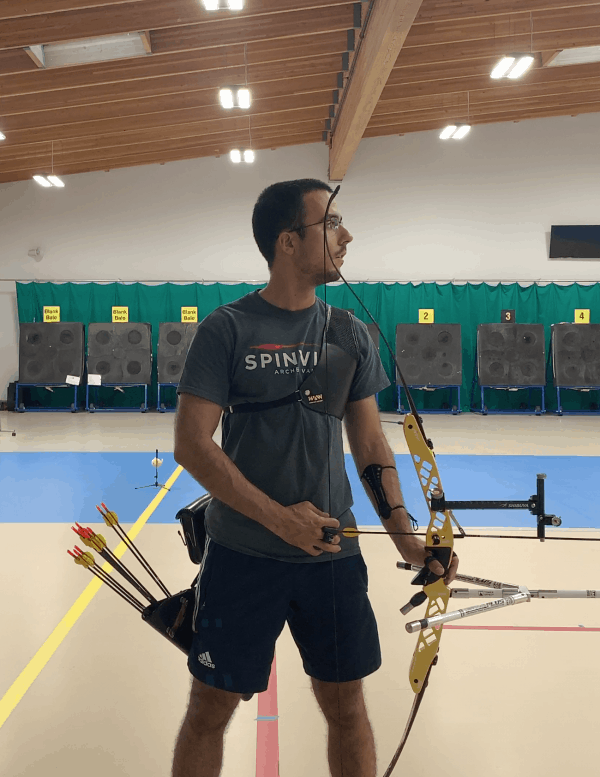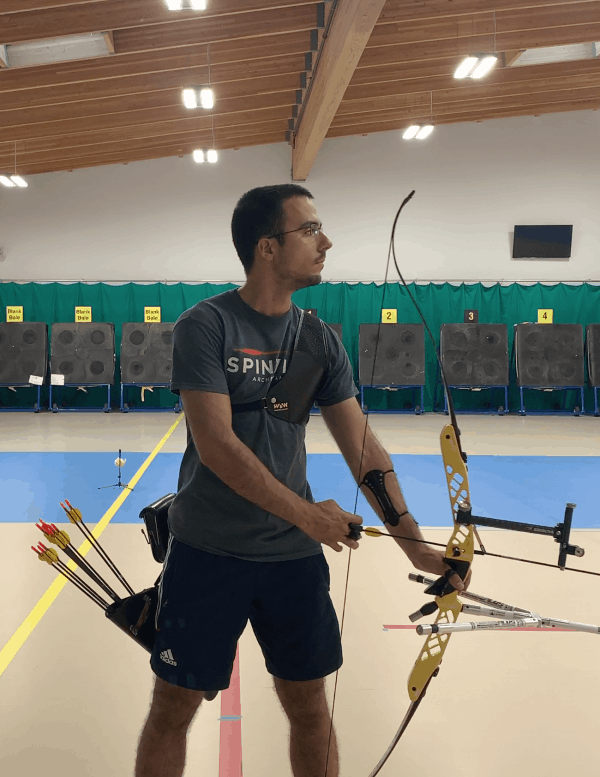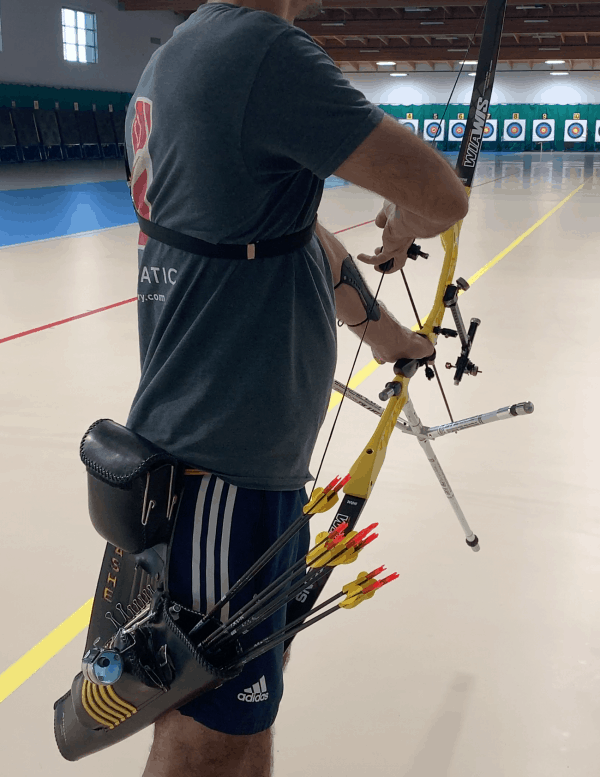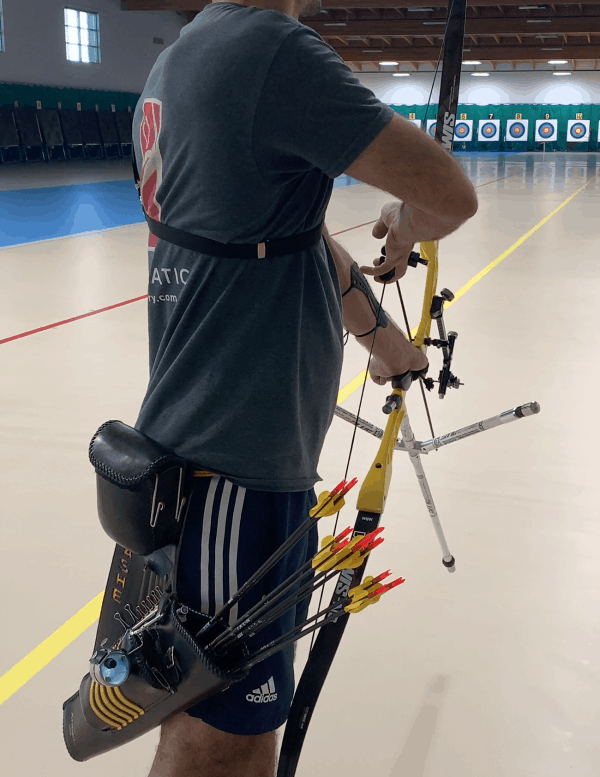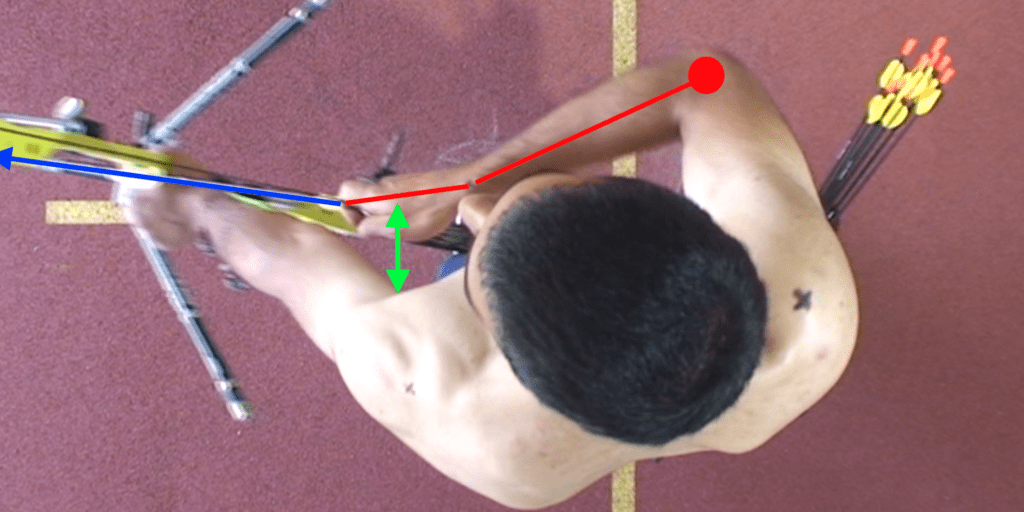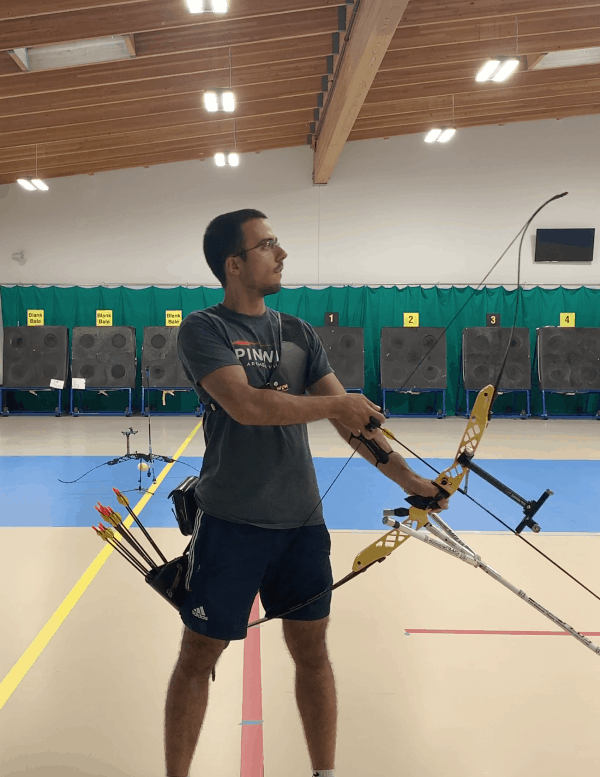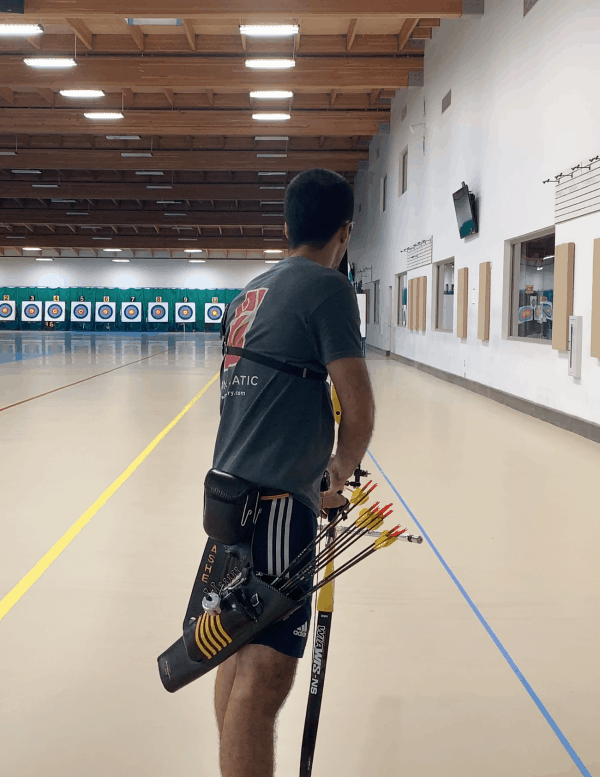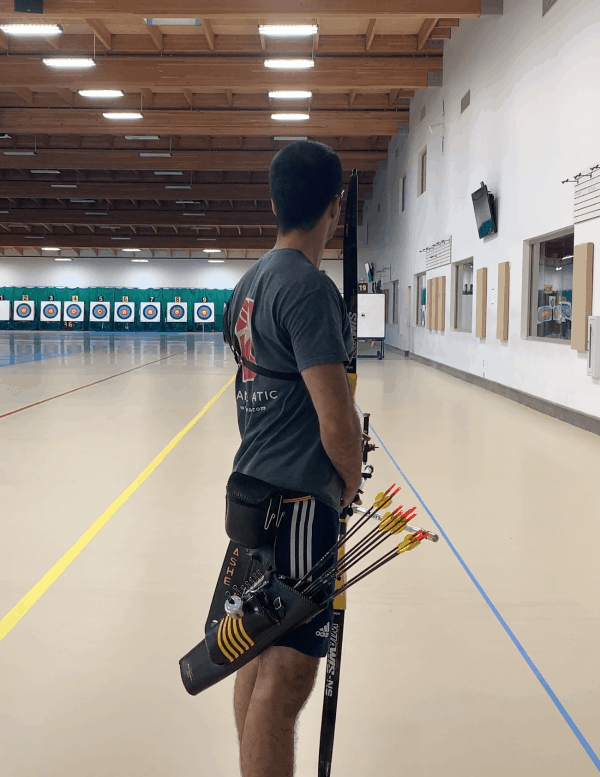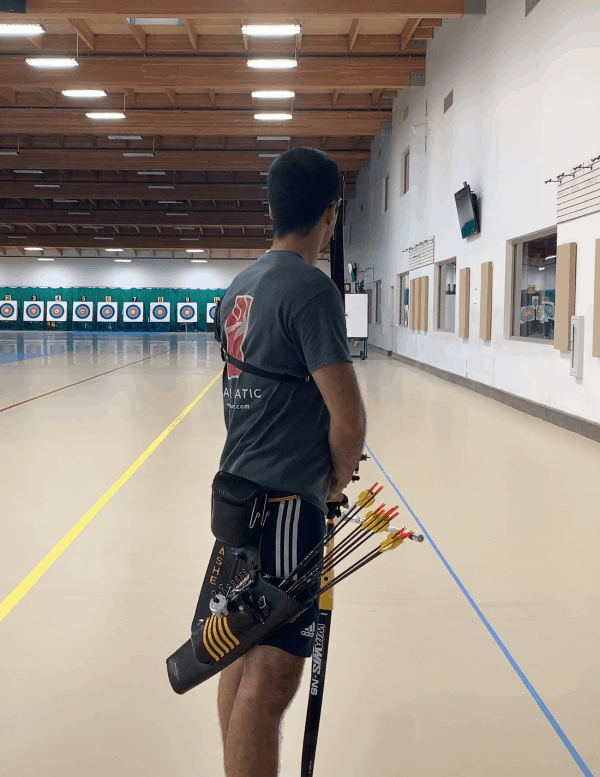Archery Bow and Draw Hand Position
WHY THE BOW HAND AND DRAW HAND POSITION IS IMPORTANT
The position of your bow hand and draw hand has a massive impact on the recurve shot, because these are the only two places where you permanently contact the your. Firstly, you should obviously make sure you understand the principles of the set position which the grip and hook form a crucial part of. You can read our full technique guide: Set (Hand Position).
To really perfect your grip and hook, there are some key points that you should remember. If you’re struggling with your set position it’s worth checking these points. And if you’ve not seen them already, be sure to read our Recurve Archery Basics guide and browse our Online Archery Academy YouTube channel.
KEY POINT 1: POSITION THE BOW PROPERLY FOR YOUR HAND
Bow angle
The position of the bow is hugely important, and 90% of the time it’s overlooked.
Think of it this way, if you change the position of your bow you change the position of your hands. This not only changes how well you can set your grip and hook, it also changes the position of your shoulders.
There are really only two options for bow placement: resting the bow on the foot (Fig 1) or resting it on the inside of your back leg (Fig 2). These provide the best options for your set position.
There is a third position which must be avoided. This is where you rest the longrod on the floor as you can see in Fig 3.
This position is not good. The angle of the string makes it extremely hard to get your hooking direction. Furthermore, the angle of the bow as a whole often forces you to have an extremely high back shoulder which can cause injury. Lastly, achieving balance between the grip and hook is practically impossible. When you are shooting your horizontal balance is crucial, so why would you try to start this balance with the bowstring far from horizontal?
Make your life simple, rest the bow on the inside of your leg or on your foot. If you do rest the bow on your foot you will need to lift it slightly to an intermediate position to set your hands properly. When you do this, it can help to cant the bow very slightly to the right (Fig. 4).
Bow distance
With your bow resting position decided – it’s important to have the bow the right distance from your body. This can affect your posture and how easy it is for you to open the bow correctly.
When taking the bow from the foot, many archers position the bow too far away and have to reach with the draw hand to place the hook on the string. This compromises both the hook and the posture. Instead, make sure to bring the bow closer to you. You should have the bow positioned so the string is roughly vertical. If the bow is too close to you, there will probably be an unwanted gap between the draw arm and the body (Fig 5). If it’s too far away (Fig. 6) it’s likely that your draw shoulder will be raised up and too far forwards. You can see a good position in Fig 1.
As a very general rule, resting the bow on the foot works better with a square stance and resting it on the leg works better with an open stance. This is very general and I will go into more depth on this in a future post.
The Fastest Way to Learn Archery
Save years of frustration and improve your technique and scores today. Without spending thousands on equipment or travelling hours for coaching. Plus OAA readers get 20% off.
Expert step-by-step guidance, lifetime access and a 100 day money-back guarantee, no questions asked.
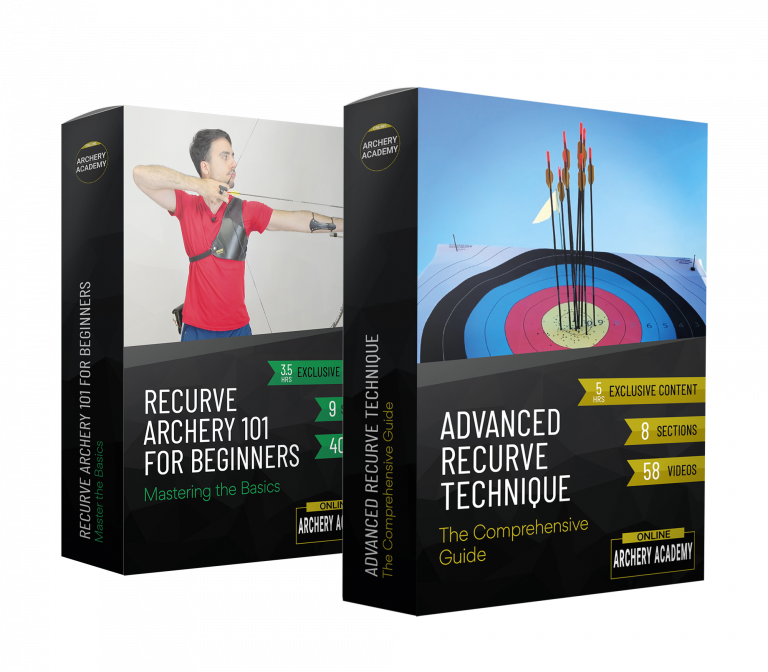
KEY POINT 2: DIRECT YOUR HOOKING & POSITION THE BOW HAND
The set position is all about connecting your shot so that you are ready to open the bow. To do this properly, it’s important to perfect your grip and hook.
To start with, you should make sure your hook position is correct. Normally this should be in the grooves of the top and bottom fingers and just behind the groove of the middle finger. Then you must position your bow hand in the grip properly (Fig. 7).
It’s really important not to put the hand too far in so that the bottom of the hand touches the grip like you can see in Fig 8. This position makes it harder to connect the hook to the draw elbow and open the bow properly. It will also make achieving good bow arm elbow rotation and bow shoulder alignment more difficult. At your set position, the distance between the draw hand and the body is also important. This is because it affects your ability to connect the draw elbow, open the bow and use your shoulders properly. Having the draw hand too close to the body is detrimental (Fig. 10), but you can see a good distance in Fig 9. Notice also how the draw wrist is much less kinked when the hand is slightly further from the body.
This is another reason why having a slight cant on the bow at the set position can be helpful, it can position the string just a little bit further from the body to help with connecting your draw elbow to your hook. Finally, once you have the right position it’s important to set the correct direction of hooking and direction of opening. You can see this comparison in Video 1 below.
At the start of the video the archer has the draw wrist rolled over, the hooking on the string is incorrect (past the first groove on the top finger), and it will be hard to feel the connection to the draw elbow and back.
The correct position at the end of the video shows the corrected hook. The string is now in the first groove of the top finger. The draw forearm is now straighter and the draw wrist is not kinked. The connection to the draw elbow and back is much better.
In the second part of the video you can see the same thing but as viewed from above. You can see that the incorrect direction encourages you to lift the draw shoulder and put it in a compromised position. It encourages you to use the upper traps and can cause tension around the neck. Compare this with the correct direction and it’s clear that the connection between the hook and draw elbow is better and draw hand wrist is in a better position too.
KEY POINT 3: PRIORITISE POSTURE
As always, posture is very important during this part of the shot.
If you rest the bow on your leg you must make sure to avoid leaning back, which is quite a common mistake. It’s not uncommon to see archers leaning back and allowing the pelvis to tilt forwards slightly. You can see this demonstrated in Fig. 11. To get correct posture you should focus on engaging your core.
If you take the bow from your foot, you must make sure to not overly hunch the shoulders, which is common if the bow is too far from you (Fig 12). This can cause a compromised bow shoulder position and overall hunched posture. If you position the bow too close to you, it can encourage you to arch your back as you can see in Fig 13. This is why the position of the bow is so important – you want to make sure it allows you to set your shot up with correct posture. An acceptable example posture here is shown in Fig. 14. Now it’s time to read Part 2 of this guide.
